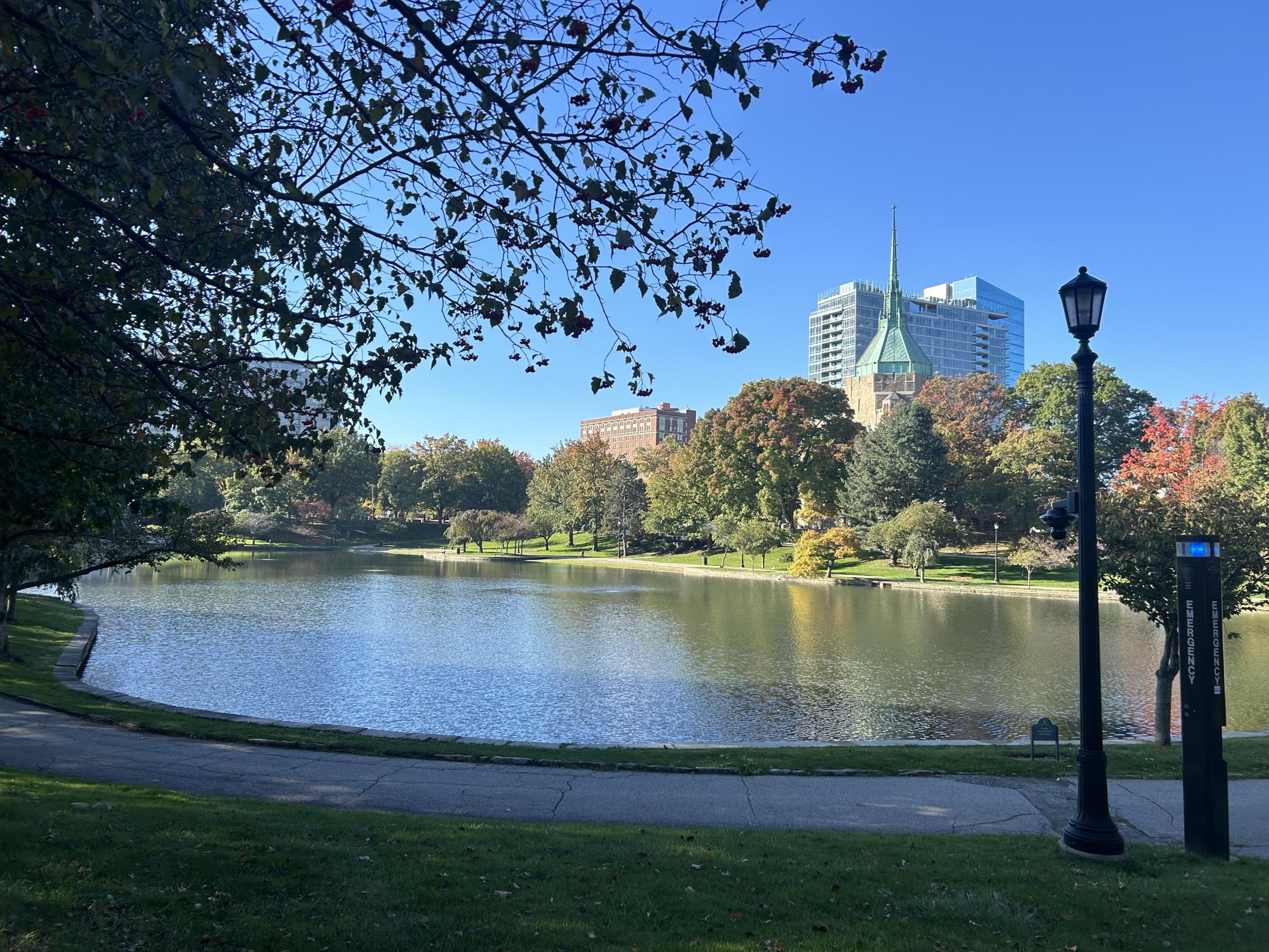Fall can only be perceived by people in two different ways—there is no in-between. You have those who love fall and accept its beauty, and you have those who despise it. I have yet to meet someone who feels neutral about the season. With that said, there comes what I call a “cold-weather slump” in the upcoming fall and winter months. You might ask yourself: How do I combat this feeling, and is the cold directly responsible?
As the days get shorter, so might our ability to concentrate throughout the day. A decrease in daily sunlight can affect our vitamin D levels, even causing deficiencies. According to the Cleveland Clinic, about 35% of adults in the United States experience a vitamin D deficiency. Symptoms of this may include alterations in mood, bone and joint pain and fatigue. Fatigue can cause a decrease in concentration, which some of us can attest to experiencing during this cold seasonal stretch.
In fact, there is even a clinical disorder, known as seasonal affective disorder (SAD), that is caused by the decrease in daylight hours during the colder months. It disrupts your internal clock and is a severe type of depression that resolves in the springtime without treatment. SAD affects approximately 5% of adults in the United States and usually persists for about 40% of the year, according to the American Psychiatric Association (APA). Symptoms of this may include but are not limited to, feeling down or sad almost daily, a loss of interest in activities once found pleasurable, fatigue or low energy during the day, oversleeping, difficulty with concentration and feelings of hopelessness. An imbalance in serotonin and melatonin can additionally play a role in the causes of this disorder, affecting the mood and/or sleep patterns of diagnosed individuals.
Don’t fret, though. The odds may be against us, but preventative measures are achievable. The mental toll that a colder climate may take on us is something that can be counteracted. Vitamin D deficiency is best treated with vitamin D supplements, which are available in prescription or over-the-counter forms. Light therapy has emerged as a common treatment among diagnosed patients experiencing SAD, which is the use of a light box every morning for at least a half hour. For those who don’t find light therapy effective, antidepressants are an alternate treatment. As for others experiencing the first signs of the “winter blues,” this can be combated by setting aside time for a daily 30-minute walk while the sun is still shining, balancing your diet, maintaining a consistent sleep schedule, incorporating relaxing hobbies into your daily life and being in a supportive and uplifting environment.
Through healthy habits designed to boost a positive mentality and increase concentration, we, like Elsa from the movie “Frozen,” will also be able to say, “The cold never bothered me anyway.”



